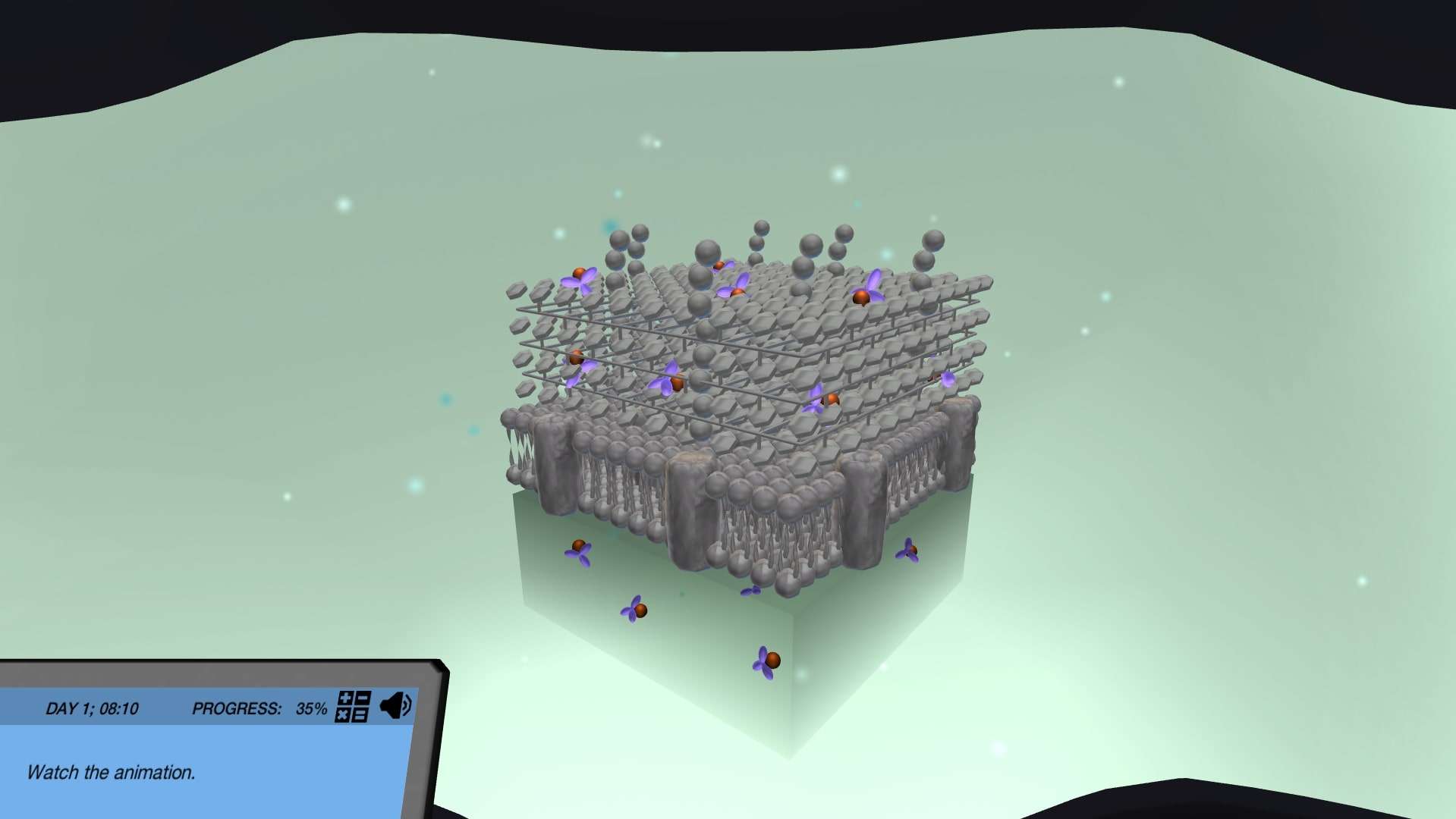Heading 1
Heading 2
Heading 3
Heading 4
Heading 5
Heading 6
Lorem ipsum dolor sit amet, consectetur adipiscing elit, sed do eiusmod tempor incididunt ut labore et dolore magna aliqua. Ut enim ad minim veniam, quis nostrud exercitation ullamco laboris nisi ut aliquip ex ea commodo consequat. Duis aute irure dolor in reprehenderit in voluptate velit esse cillum dolore eu fugiat nulla pariatur.
Block quote
Ordered list
- Item 1
- Item 2
- Item 3
Unordered list
- Item A
- Item B
- Item C
Bold text
Emphasis
Superscript
Subscript
About This Simulation
Have you ever wondered how the bacteria cell actually gets stained during Gram staining procedure? Discover how the cell retains a certain color during the experiment and to differentiate it under the microscope!
Learning Objectives
- Relate the structure of bacterial cell envelopes to Gram stain outcomes
- Differentiate the gram positive and gram negative bacteria under the microscope
About This Simulation
Lab Techniques
- The Gram stain technique
- Light microscopy
Related Standards
- Early Stage Bachelors Level
- EHEA First Cycle
- FHEQ 6
- SCQF 9
- US College Year 2
- US College Year 1
- EHEA Short Cycle
- LS2.A-H1
- Biology Unit 2: Cell Structure and Function
- Biology 1.3 Membrane structure
- Biology 6.3 Defence against infectious disease
Learn More About This Simulation
This short, targeted simulation is adapted from the full-length “The Gram Stain: Identify and differentiate bacteria” simulation.
Did you know that almost all 5 million-trillion-trillion bacteria in the world can be divided into Gram-negative or Gram-positive groups? Have you ever wondered how exactly the structural components of the cell wall get stained? Dive into the microscopic world and discover the colorful magic of Gram staining procedure!
Explore the bacterial cell wall structure
Compare and contrast the cell wall of Gram-positive and Gram-negative bacteria by diving into their microscopic samples and observing how the cell wall structures retain certain reagents during the experiment. Discover how the four reagents of the Gram stain interact with structural components of the cell wall to color the bacteria.
Interpret given samples using a microscope
Being able to tell the difference, you will use a light microscope to interpret the results of a given Gram stain. View the microscopic image on the computer screen, and remember to apply immersion oil to increase magnification! Will you be able to identify the presence of bacteria?
For Science Programs Providing a Learning Advantage
Boost STEM Pass Rates
Boost Learning with Fun
75% of students show high engagement and improved grades with Labster
Discover Simulations That Match Your Syllabus
Easily bolster your learning objectives with relevant, interactive content
Place Students in the Shoes of Real Scientists
Practice a lab procedure or visualize theory through narrative-driven scenarios


FAQs
Find answers to frequently asked questions.
Heading 1
Heading 2
Heading 3
Heading 4
Heading 5
Heading 6
Lorem ipsum dolor sit amet, consectetur adipiscing elit, sed do eiusmod tempor incididunt ut labore et dolore magna aliqua. Ut enim ad minim veniam, quis nostrud exercitation ullamco laboris nisi ut aliquip ex ea commodo consequat. Duis aute irure dolor in reprehenderit in voluptate velit esse cillum dolore eu fugiat nulla pariatur.
Block quote
Ordered list
- Item 1
- Item 2
- Item 3
Unordered list
- Item A
- Item B
- Item C
Bold text
Emphasis
Superscript
Subscript
A Labster virtual lab is an interactive, multimedia assignment that students access right from their computers. Many Labster virtual labs prepare students for success in college by introducing foundational knowledge using multimedia visualizations that make it easier to understand complex concepts. Other Labster virtual labs prepare learners for careers in STEM labs by giving them realistic practice on lab techniques and procedures.
Labster’s virtual lab simulations are created by scientists and designed to maximize engagement and interactivity. Unlike watching a video or reading a textbook, Labster virtual labs are interactive. To make progress, students must think critically and solve a real-world problem. We believe that learning by doing makes STEM stick.
Yes, Labster is compatible with all major LMS (Learning Management Systems) including Blackboard, Canvas, D2L, Moodle, and many others. Students can access Labster like any other assignment. If your institution does not choose an LMS integration, students will log into Labster’s Course Manager once they have an account created. Your institution will decide which is the best access method.
Labster is available for purchase by instructors, faculty, and administrators at education institutions. Purchasing our starter package, Labster Explorer, can be done using a credit card if you are located in the USA, Canada, or Mexico. If you are outside of North America or are choosing a higher plan, please speak with a Labster sales representative. Compare plans.
Labster supports a wide range of STEM courses at the high school, college, and university level across fields in biology, chemistry, physics, and health sciences. You can identify topics for your courses by searching our Content Catalog.















